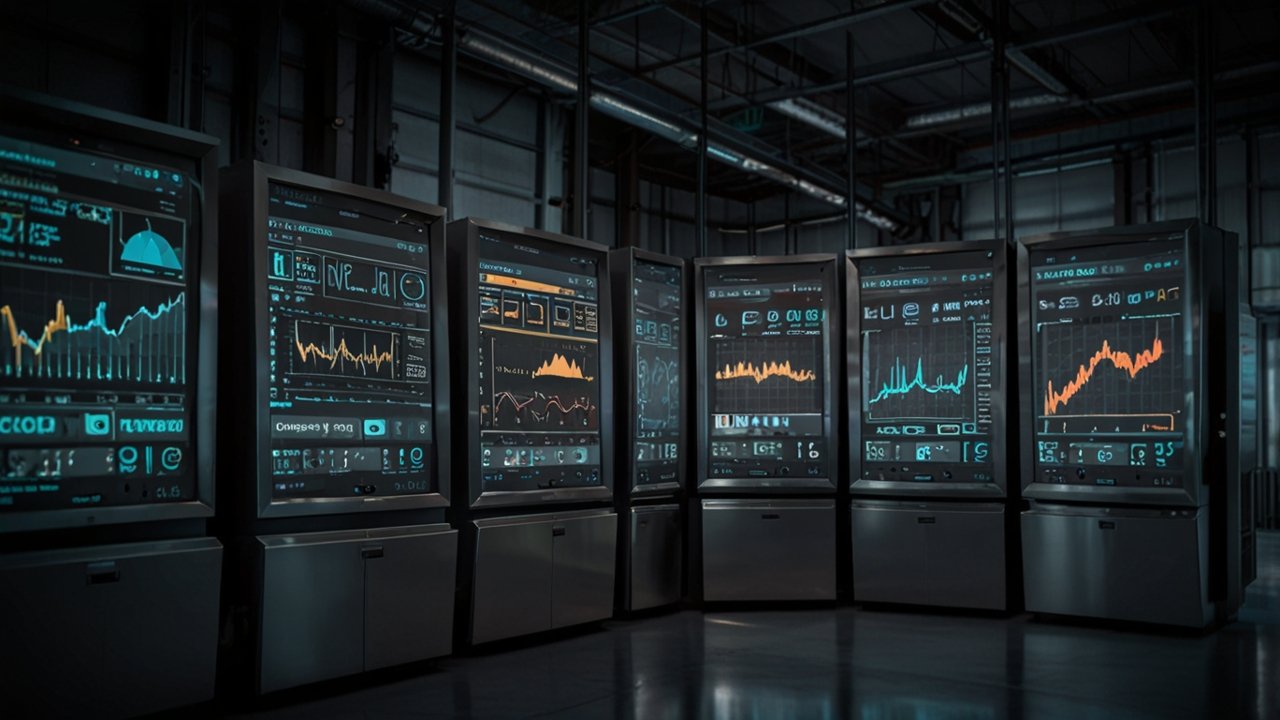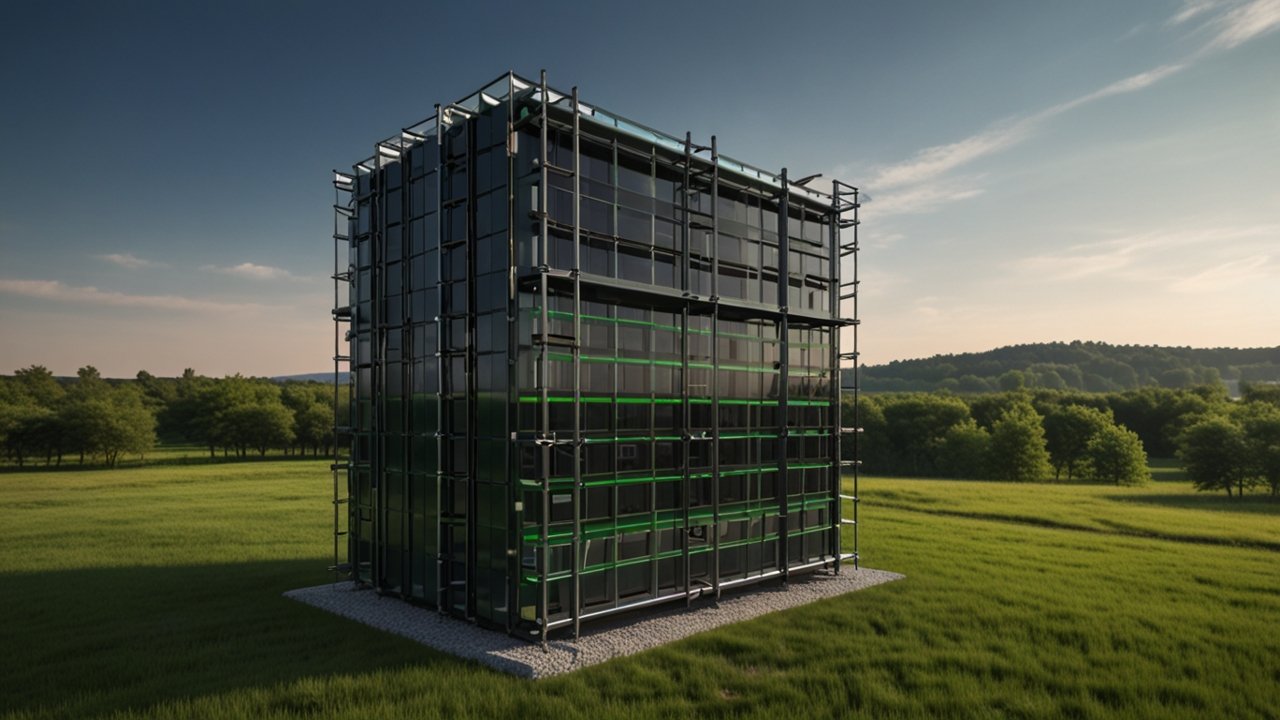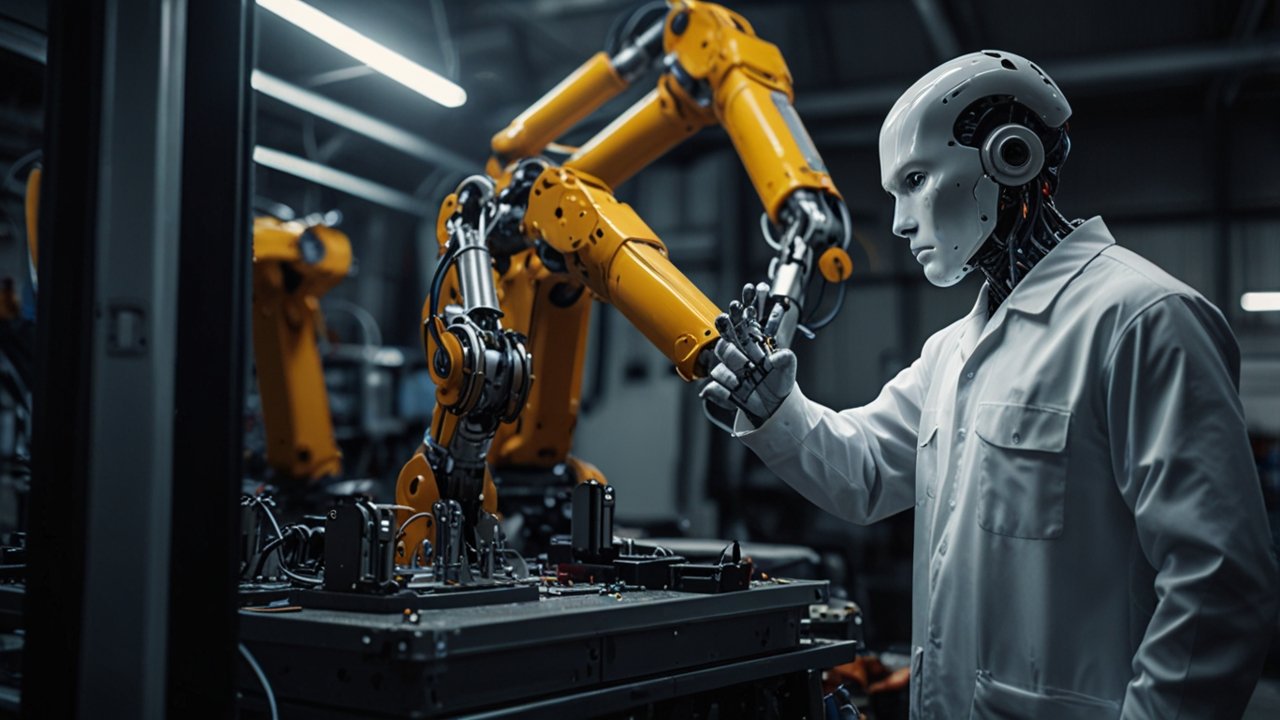Synthetic Biology: 8 Engineering Applications
Synthetic biology is revolutionizing the way we design, build, and reimagine life. By applying engineering principles to
living systems, researchers and innovators are creating solutions that can change industries from healthcare to environmental remediation. This field represents the fusion of biology and precise engineering, opening doors to transformative applications.
In today’s rapidly evolving technological landscape, the integration of biological systems with engineered designs is leading to breakthroughs that were once thought impossible. With substantial investments and robust international collaboration, the potential for new products and solutions is enormous. These advances not only offer practical applications but also reshape our understanding of life itself.
The journey of this innovative field is marked by significant milestones, emerging trends, and inspiring case studies. Whether you are a student, researcher, or simply curious about cutting-edge science, exploring the world of synthetic biology offers insights into the future of sustainable solutions. Have you ever wondered what merging biology with engineering could achieve?
These case studies demonstrate the power of merging rigorous design with biological insights. Each example not only confirms practical viability but also provides a roadmap for future development. For more information on the commercial progress of such initiatives, check out detailed research available at
Emerging Tech Products. What additional applications might revolutionize your industry based on these examples?
Bioengineering Innovation in Modern Synthetic Biology Solutions
Next-Generation Therapeutics and Materials
Modern advances in bioengineering have led to groundbreaking therapeutic solutions and innovative materials. One notable advancement is in disease treatment, where engineered T-cells have been transformed into powerful agents against cancer. These therapies, often referred to as CAR-T cell treatments, have provided life-saving interventions for thousands of patients worldwide.
Innovations are not confined to healthcare alone; they extend to creating resilient, lightweight materials inspired by natural substances. For instance, spider silk proteins produced through yeast engineering now contribute to clothing, automotive components, and even medical devices. This integration of robust biological models into material science sparks revolutionary changes across sectors. How might next-generation therapeutics impact your community?
These solutions leverage precise genetic tweaks and advanced
automation to meet complex challenges. A comprehensive overview is available in the
peer-reviewed analysis of industry breakthroughs. What transformative
technology do you expect will emerge from these groundbreaking approaches?
Innovation continues as scientists explore the boundaries of biology, harnessing the iterative design-build-test cycles for enhanced drug delivery systems and next-generation synthetic materials. Have you ever seen a technology that completely redefines its industry?
Automation and Data-Driven Design
Data-driven design processes and automation tools are central to modern bioengineering. High-throughput screening enabled by
robotics and microfluidics has allowed researchers to perform multiple experiments simultaneously. These
automated systems significantly reduce the time needed for iterative cycles, enabling rapid improvements in dynamic environments.
Data analytics and
predictive modeling, often powered by
artificial intelligence, underpin these innovations. They provide valuable insights that help scientists forecast outcomes and optimize genetic designs before validation in the lab. Leading research groups have shared their methodologies through detailed publications on sites like
Northwestern University. Can you imagine the increased efficiency that such automation could bring to your projects?
This synergistic approach, combining traditional engineering principles with advanced digital tools, paves the way for scalable, precise bioengineering practices. The resulting efficiencies have a profound impact on therapeutic development and material fabrication. What digital tool do you think will be most transformative in the near future?
To wrap up the discussion in this section, consider how these automation techniques not only accelerate progress but also reduce costs and risks associated with early-stage research. What steps could you take to integrate data-driven design into your work environment?
Future Trends: Living Systems and Beyond
Advances on the Horizon in Therapeutics and Materials
Emerging trends in the field are pointing toward a future where living systems are programmable on a scale previously unimaginable. With the expansion of cell-free biomanufacturing techniques, there is potential for developing cost-effective, high-yield pathways for complex molecule synthesis. These advances could revolutionize areas such as
personalized medicine and environmentally
sustainable production.
Researchers are also exploring programmable living therapeutics that can adapt to changing environments and provide real-time responses to disease progression. These therapies blend precise genetic engineering with real-world application, creating a feedback loop for improved patient outcomes. What breakthrough do you hope to see implemented in the coming years?
Furthermore, the integration of
AI and automated tools promises to further accelerate the pace of innovation. Predictions suggest that this combined technology could contribute trillions to the
global economy by 2040. Can you envision the world where these advancements usher in a new era across industries?
These exciting advancements are reshaping conventional models and forcing us to rethink tomorrow’s industrial landscape. Do you believe that the future might soon be driven by living production systems?
Ethical, Cultural, and Regulatory Considerations
As these transformative technologies advance, ethical, cultural, and regulatory issues continue to garner attention. Nations across the globe are working on harmonizing safety, intellectual property, and biosecurity policies to ensure responsible usage. This global dialogue includes stakeholders from industry, academia, and the public sector.
For example, in Europe there is a strong emphasis on public engagement and ethical oversight, while in the US, innovation is often prioritized alongside flexible regulatory measures. Sources such as
Wikipedia offer insight into these diverse approaches. How would you balance innovation with ethical responsibility in a rapidly evolving landscape?
This ethical discourse is crucial for sustainable growth and public trust in advanced technologies. Robust debates and policy refinements ensure that progress does not come at the expense of societal values. What role do you think ethical oversight should play in the development of new technologies?
As regulations tighten and evolve, the emphasis on cultural acceptance and equitable access to these innovations remains a focal point. How might these considerations influence the pace of research in your area?
Synthetic Biology: Unveiling New Horizons
This compelling section distills the essence of groundbreaking research into an accessible narrative that challenges conventional thinking. With an approach that reimagines everyday systems, advancements in the field have paved the way for techniques that integrate precise scientific inquiry with practical applications. Innovations in this realm have unlocked new potential, demonstrating that a deep understanding of natural processes can lead to revolutionary solutions across diverse sectors.
Across various industries—from sustainable energy and healthcare to materials manufacturing and environmental restoration—this evolving discipline offers fresh pathways for efficiency and effectiveness. Researchers have adopted methods reminiscent of time-tested engineering strategies, ensuring that improvements are both repeatable and scalable. Embracing a mindset that transcends traditional boundaries has led to a host of novel frameworks aimed at optimizing the way complex systems interact.
There is an undeniable momentum as studies reveal alternative approaches to classic challenges. This era of scientific evolution is characterized by creativity coupled with a focus on measurable outcomes. Many innovators have noted that minor advances can culminate in substantial breakthroughs, setting the stage for future successes.
The narrative here not only underlines the transformative nature of recent discoveries but also invites a reexamination of longstanding methods. As you consider the implications of these advances, reflect on the possibility that even well-established processes can be reinvented. This unique perspective bridges the gap between tradition and innovation, urging us toward a thoughtful, forward-looking synthesis.
The journey described is not just about technical achievements; it is an invitation to see the world anew, where the boundaries of what is possible are continuously redefined.
FAQ
What is synthetic biology?
Synthetic biology is the field that combines biological research with engineering principles to design and construct novel biological systems and applications.
How did the field evolve?
The evolution began with early discoveries in DNA structure and gene regulation, leading to modern techniques such as modular DNA assembly and CRISPR-Cas9 genome editing.
What industries benefit from synthetic biology?
Industries including healthcare, energy, agriculture, and environmental remediation have all benefitted from engineered biological systems and products.
What role does ethical regulation play?
Ethical regulation ensures that advancements in synthetic biology are made responsibly, balancing innovation with public safety, ethical concerns, and equitable access.
How do automation and data-driven design affect the field?
Automation and data-driven design accelerate experimental cycles and optimize design processes, enabling faster innovation and the scaling up of practical applications.
Conclusion
This deep dive into synthetic biology reveals a field that is rich in innovation and promise, with applications that span numerous industries. From historical breakthroughs to cutting-edge therapeutic solutions, every step of the journey offers valuable insights for those ready to embrace change.
By understanding the interplay between engineering and living systems, you can appreciate the practical impact these advancements have on everyday life. The future holds immense potential if we continue to innovate responsibly and collaboratively.
We welcome you to share your thoughts and experiences related to these technologies. For more information and ongoing updates, please
Contact us. Have you encountered a breakthrough that changed your perspective?




















Leave a Reply